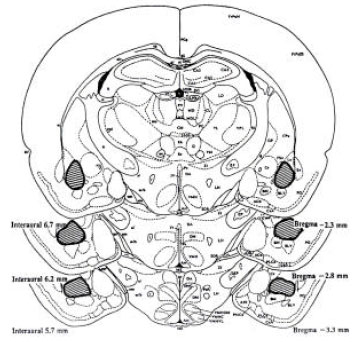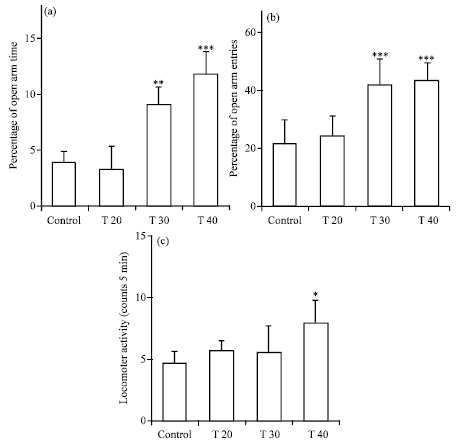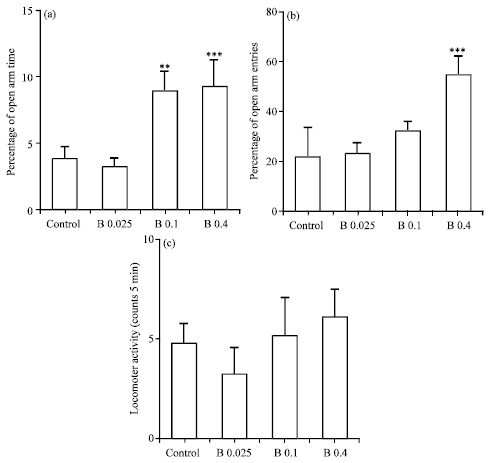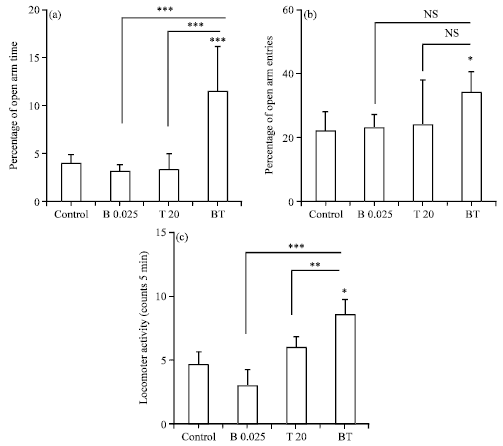Research Article
Interaction between Anxiolytic Effects of Testosterone and β-1 Adrenoceptors of Basolateral Amygdala
Department of Biology, Faculty of Science, Shahid Chamran University, Ahvaz, Iran
Mahnnaz Kesmati
Department of Biology, Faculty of Science, Shahid Chamran University, Ahvaz, Iran
Lotfolah Khajehpour
Department of Biology, Faculty of Science, Shahid Chamran University, Ahvaz, Iran
Abdolrahman Rasekh
Department of Statistics, Faculty of Mathematics and Computer Science, Shahid Chamran University, Ahvaz, Iran
Abdolhosein Shamshirgar-Zadeh
Medical Education Development Center, Dezfoul University of Medical Sciences, Dezfoul, Iran












